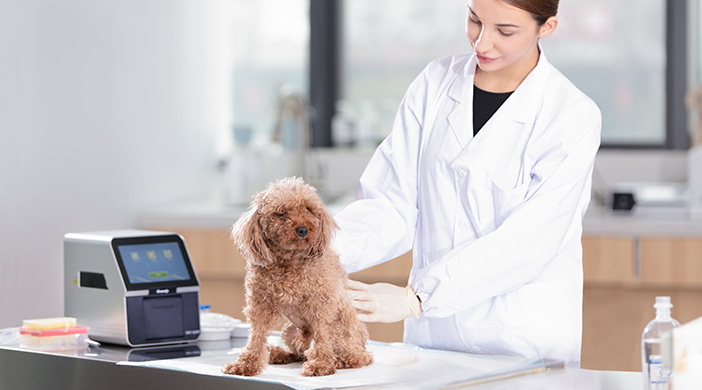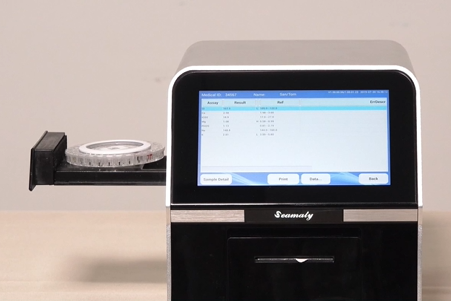release time:2021-07-27 15:36:55
Chemiluminescence reagents have high sensitivity, strong specificity, and good reproducibility, which can be used for highly automated semi-quantitative and quantitative analysis, and the detection time is fast and the reproducibility is good, which is an important development direction of immunoreagents one.

Do you have a better understanding of biochemical analysis and immunoassay?

2024-01-05
Discover the top 10 trends in the in vitro diagnostics industry in 2023, from POCT to digital diagnostics and lab automation.

2022-08-02
Veterinary Blood Chemistry Analyzer is a high-precision blood analyzer that can measure the levels of various electrolytes, minerals, and hormones in animal blood. It is used for detecting diseases and for preventing and treating diseases. The main role of these instruments is to help Veterinarians diagnose diseases early so they can treat them properly before they become life-threatening.

2021-10-09
When the biochemical analyzer contains a component in the reaction solution. Or the absorption peak of the component to be measured in the mixed reaction solution, there is no overlap with the absorption wavelength of other co-existing substances. Single wavelength can be selected.